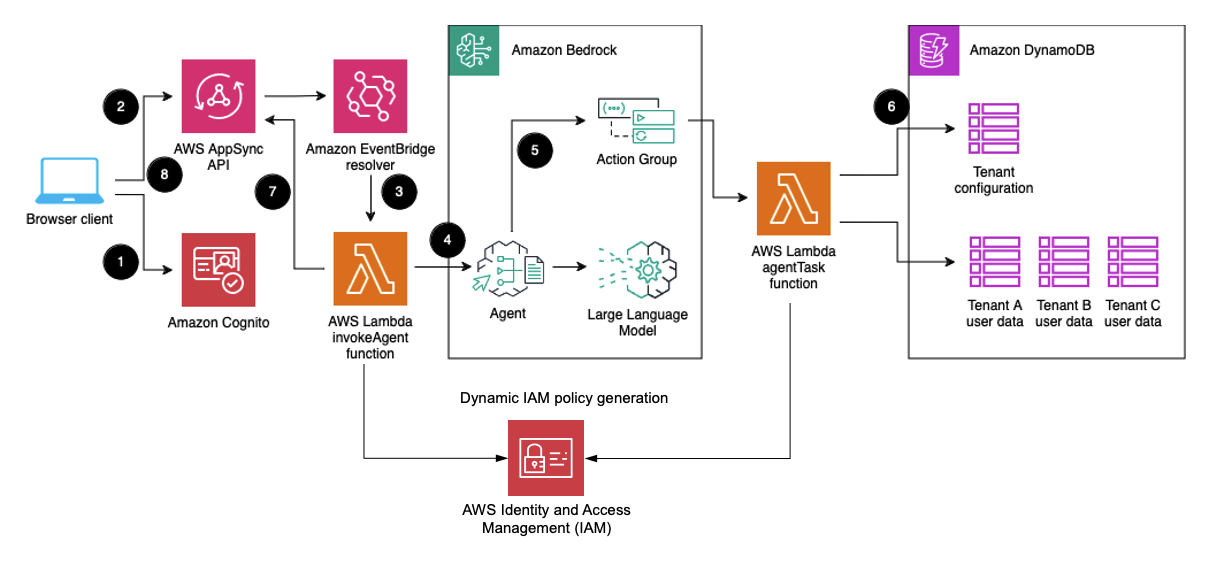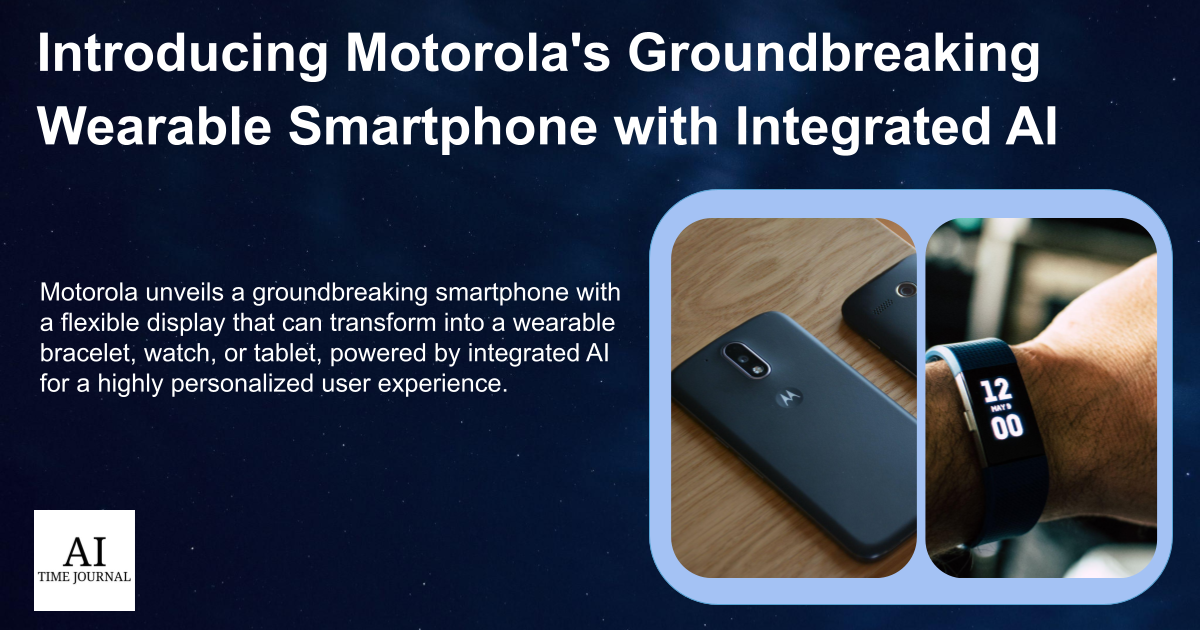In the ever-evolving landscape of marketing and public relations, Artificial Intelligence (AI) integration introduces a transformative era, bringing forth new possibilities and challenges. From understanding customers better to refining brand messaging, these perspectives provide diverse experiences shaping our comprehension of AI’s role in dynamic industries. The insights from various experts guide us through the complexities of AI’s integration into the realms of marketing and public relations.
I. Integrating AI into Marketing and PR Workflows
The infusion of Artificial Intelligence (AI) into marketing and public relations workflows represents a fundamental shift in how these industries operate. It’s not just about automation but a transformative change in dynamics. The mention of precision targeting implies that AI is used to enhance the accuracy of audience segmentation.
Experts like David Temples emphasize this, highlighting AI’s role in targeting audiences more accurately than ever. Katherine Watier adds to this by emphasizing AI’s efficacy in creating finely tuned content strategies. Jim Sternes contributes to the discussion by describing AI as an “inexhaustible source of ideas,” underlining its utility in enhancing creative brainstorming. Dianna Bai and Peter Karanski acknowledge AI’s contributions to research and strategy refinement, emphasizing its efficiency and accuracy. Kevin Iriarte focuses on AI’s adaptability in content creation, showcasing its role in generating versatile and dynamic content.
These insights collectively underscore AI’s transformative impact on workflow efficiency in marketing and public relations.
II. AI’s Role in Crafting and Refining Messages
In the context of crafting and refining messages, AI brings a level of precision and personalization previously unattainable. It aids in understanding the nuances of language and audience preferences, making message delivery more effective. AI tools can analyze vast amounts of data to suggest content tweaks that resonate better with different demographics, leading to more impactful communication.
Katherine Watier and David Temples praise AI for its efficiency in polishing LinkedIn posts and shaping digital advertising narratives, respectively. PR expert Andrew Bruce Smith recognizes AI’s unique ability to quickly adapt messages to different audiences, thereby enhancing communication strategies. Dianna Bais emphasizes AI’s instrumental role in creating engaging social media narratives.
Together, these insights illuminate the diverse ways in which AI plays a pivotal role in shaping and refining messages across various communication channels.
III. AI’s Impact on Ensuring Brand Message Consistency
Ensuring brand message consistency across various platforms is crucial for maintaining brand identity and trust. AI can play a significant role here by automating consistency checks and providing insights into brand alignment. It can analyze content across multiple channels to ensure that the core message remains consistent, thereby reinforcing the brand’s voice and values.
Insights from Jim Sternes and Pavel Uncutas underscore AI’s significance in ensuring brand message consistency. Sternes advocates for an automated brand style guide, emphasizing the need for “a blend of AI precision and human creativity” to maintain consistency. In a parallel sentiment, Uncutas highlights AI’s crucial role in “ensuring uniformity across various platforms,” vital for establishing a cohesive brand identity.
These perspectives clarify how AI contributes to maintaining a harmonized and consistent brand message across diverse channels.
IIII. Navigating Challenges and Solutions in AI Integration
While the integration of AI offers numerous benefits, it’s Not without its challenges. Understanding these challenges is key to leveraging AI effectively. Issues like the need for precise data input, the complexity of managing AI systems, and staying current with rapidly evolving AI technologies are crucial considerations for businesses. Addressing these challenges is essential for maximizing the benefits of AI in marketing and PR
Kevin Iriarte emphasizes the necessity for “specific prompts to harness AI’s full potential.” David Temples advocates for a “rigorous review process for AI tools,” stressing the importance of staying updated with evolving technologies. Pavel Uncuta and Lauren Wallett recommend regular technological audits as a proactive measure to ensure AI’s continued effectiveness and alignment with current industry trends.
Addressing these challenges, the collective insights offer valuable solutions for optimizing AI integration in marketing and public relations workflows.
Conclusion
The consensus among professionals is clear: AI significantly impacts marketing and public relations. Its ability to enhance efficiency, creativity, and precision emphasizes the importance of human oversight in these rapidly evolving fields. As industries adapt, the blend of AI and human expertise emerges as a key driver in shaping future strategies.



